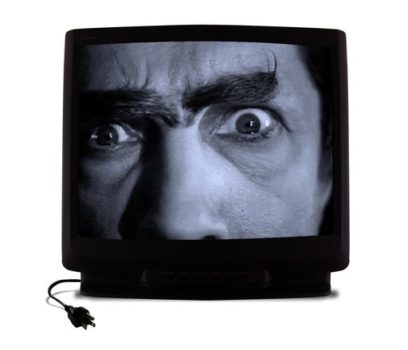It’s Been Emotional
by on 29th Sep 2015 in News

Even during times of austerity, when consumers are more likely to make purchase decisions based on price, mainstream advertisers still employ emotional adverts. In the last two years our screens have been graced with a dancing pony (3 mobile); kittens coming out of packets of biscuits (McVities); hibernating bears waking on Christmas day and penguins finding their soul mate (John Lewis) and recently a young boy faced with not only the arrival of a little sister but also a new car (Auto Trader).
Emotion guides our thinking, and we respond emotionally to everything. Our emotional responses are remoteed in our past, and we give more attention to events that are familiar and pleasurable.
When we experience something for the first time, our brain’s initial response is to relate it to something familiar and the subconscious will then assign an emotional response. If there is no link to be made between the new experience and a familiar experience, the conscious mind will take over.
With that in mind, when TV ad creative teams craft an advert, they are hoping to create a view experience that will be familiar and pleasurable to the majority of their target audience. Some adverts (3’s dancing pony, John Lewis’s bear and hare, and McVities’ kittens) do this in an abstract way; others (Auto Trader and NatWest) take a more realistic approach.
Generally speaking, TV ads are viewed when a consumer is at home, in a relaxed environment, seeking entertainment. They take over the whole screen and there is no interaction with the ad. Online video is different. For a start, viewers can be anywhere – commuting, out with friends, at work, in bed. Different ad formats take up more or less of the screen depending on whether they are in-stream or out-stream; they can be shorted than TV ads; there is the potential for user-initiated interaction.
In the past, TV and digital paths have rarely crossed. However, with online video advertising booming, we’re starting to see some crossover between linear TV and online video particularly in programmatic trading.
The question is, does emotional advertising work as well in online video ad formats as it does on TV? Or, do online creatives need to ‘think outside the box’.
Realeyes analysed a combination of people's emotional reactions to, and the social media statistics of, almost 2,200 YouTube videos to see if emotions are a reliable predictor of social media success. The videos measured had over 365k views and six million social actions.
The research found that the video's overall 'EmotionAll' score (how it does on attracting and retaining attention, generating engagement and creating an impact) directly correlates with how many social actions it elicits. The higher the score, the more YouTube views, Facebook Shares and Tweets.
In terms of emotion, the best predictor of success was what percent of the tested audience smiled, particularly if it lasted at least three seconds.
Citing an example from Heineken, the research also showed that shifting media spend behind videos with higher EmotionAll scores (8-10/10) could yield 12x more social actions, such as sharing and likes, than a media plan that wasn’t optimised to emotionally high-scoring ads.
AdvertiserBrandingDisplayTVVideo








Follow ExchangeWire